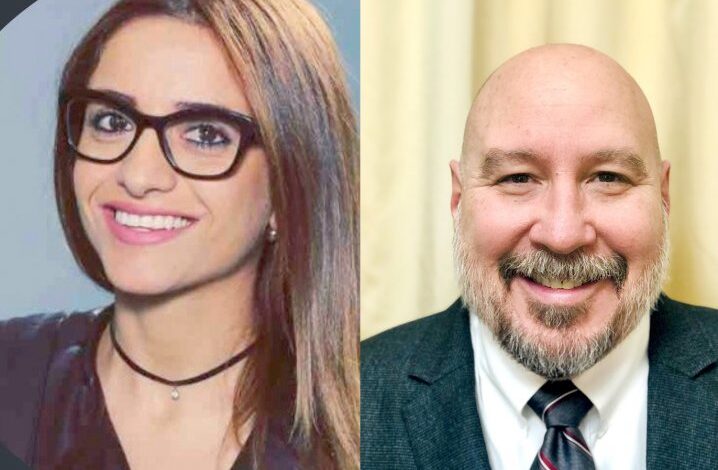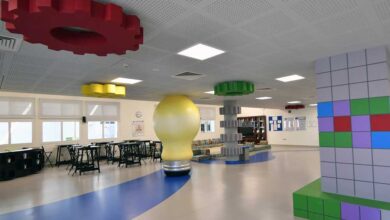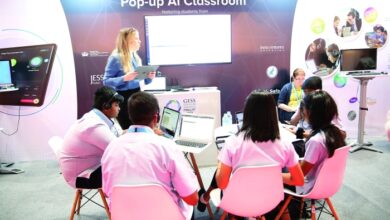Qatar Foundation educators assist parents in identifying learning disabilities in their children

Doha: Many parents are getting more active in their children’s education and tracking their milestones as a new academic year begins with pupils continuing with hybrid learning due to COVID-19. Parents may find it difficult to tell if their kid has a learning disability or if blended learning slows down their child’s progress in particular areas.
To assist parents to distinguish between “learning problems” and “learning gaps,” as well as how the pandemic affected children’s academic performance, QF Pre-University Education’s psychologist, Jody R Roberson, discusses the standards parents should consider when assessing their kids. The Learning Center (TLC) is a specialised centre for helping children with mild to moderate learning difficulties throughout Qatar Foundation (QF) schools.
According to Roberson, the outbreak has slowed student growth in several areas, including reading fluency. “Because the teaching formats have changed, it is normal to have a wider diversity among children, and gaps in their learning,” he said.
However, it’s critical to understand the difference between a learning gap and a genuine learning issue. They’re also easy to overcome with the right combination of extra help, practise, and tuition. “An additional consideration should be given to children that are second language learners,” Roberson said.
Children in Qatar have to study two languages at once, such as Arabic from right to left and English from left to right, which is difficult for many of them. “Having both a social language and an academic language in Arabic and English can often appear as a delay in processing when it is actually just the brain switching between languages,” Roberson said.
Roberson advises teachers and parents to seek professional help if they are concerned about a student’s performance in the present situation. A trained psychologist can assist in figuring out if the problem is one of processing or if there is a delay in learning. Rita Bou Chebel, the Lead Teacher at Awsaj Academy, part of Qatar Foundation’s Pre-University Education, says that the student’s age is another standard for reading fluency that can assist detect a learning issue even if just a developmental delay has been identified.
“Reading is a challenging task that requires several skills, such as phonemic awareness, phonics, fluency, vocabulary, and comprehension. In general, most kids can read by the age of six or seven, which is around Grade 3,” says Bou Chebel.
There is a recommendation mechanism in place at all of the Qatar Foundation’s schools. Once parents have given their agreement, teachers can send a student from any of the Qatar Foundation ecosystem’s schools to an assessment team made up of learning specialists and therapists who monitor and assess a child for learning problems. “After a student is referred, is observed and assessed, and in collaboration with the homeroom teacher and parents, a plan is put in place in order to provide the necessary services and therapies to the students based on their needs,” said Bou Chebel.
Bou Chebel described hybrid learning as a new arrangement that affects kids, parents, and instructors alike. “It requires more effort from teachers to grab the students’ attention and for the student to stay focused. Usually, the classroom interaction and environment facilitate learning and interaction between teachers and students.“



